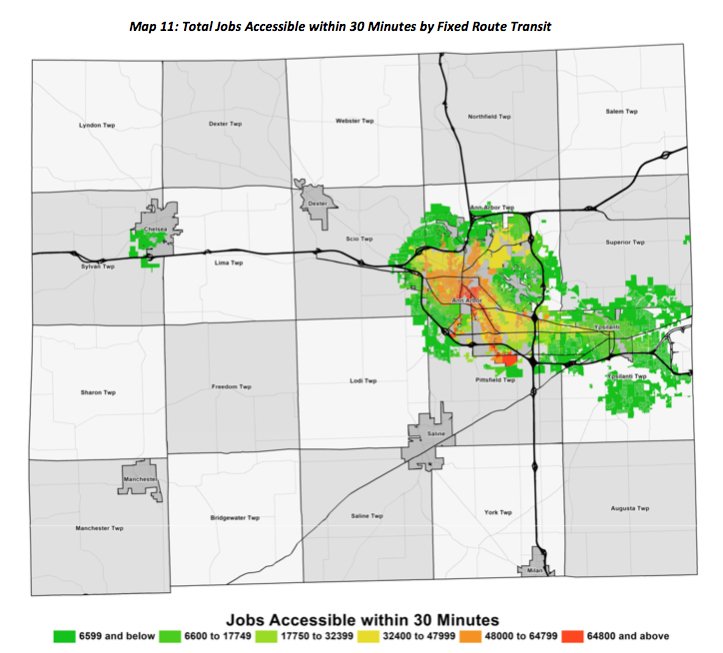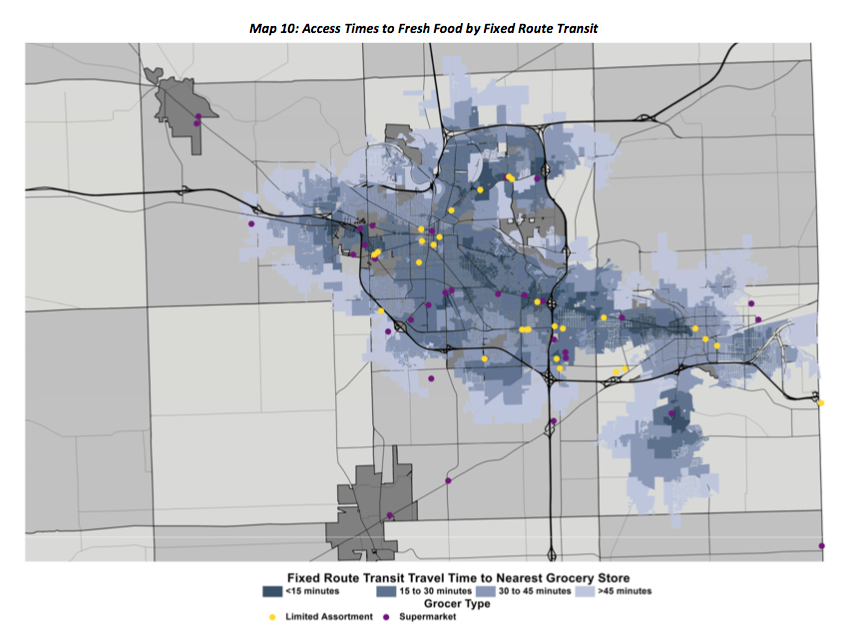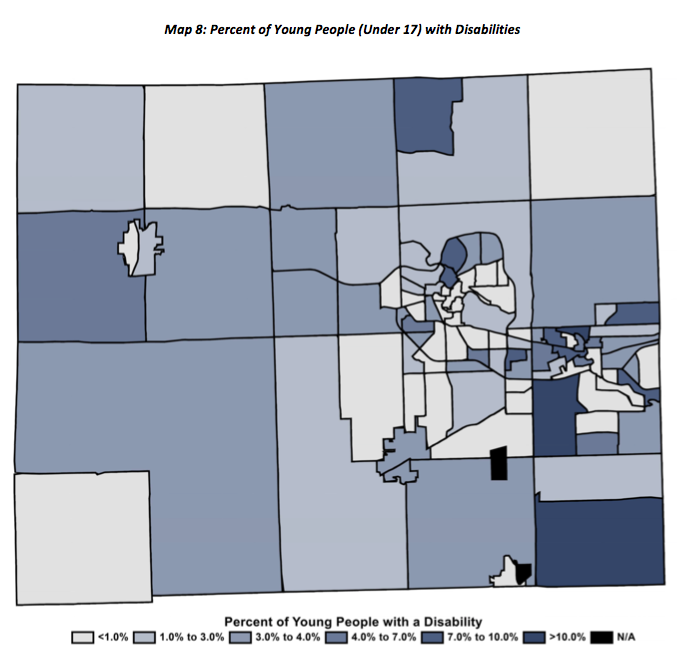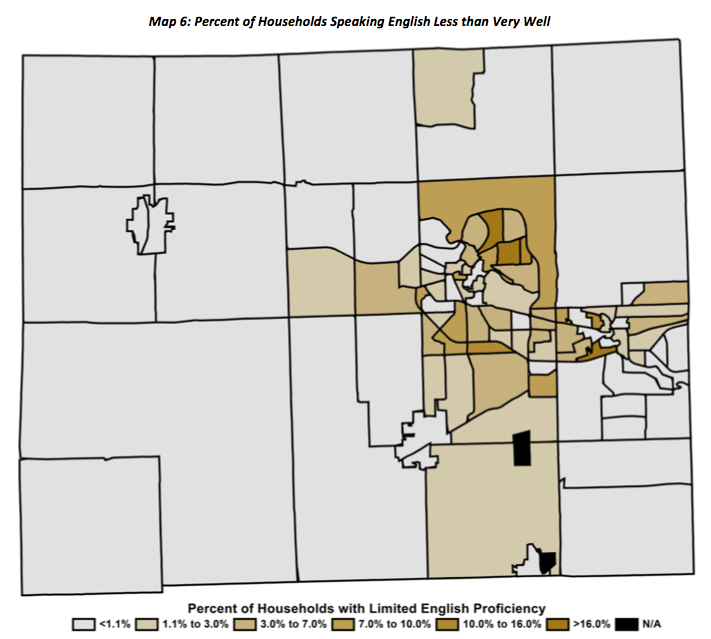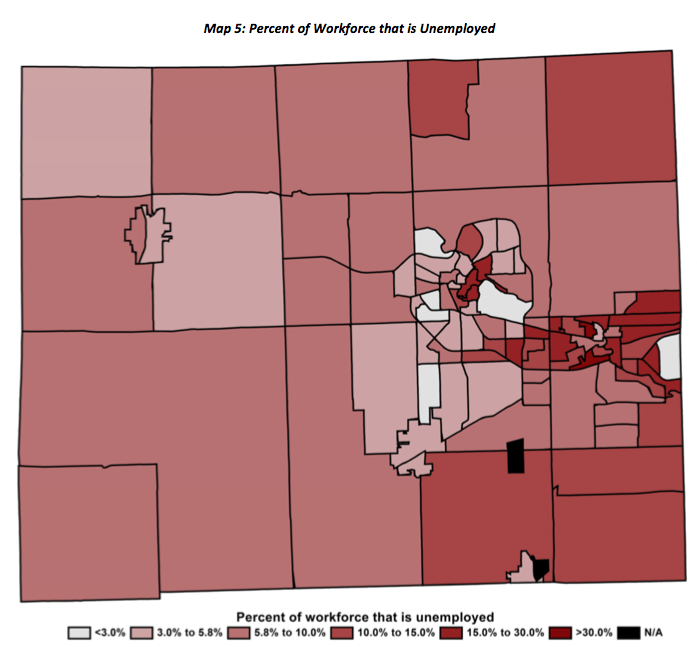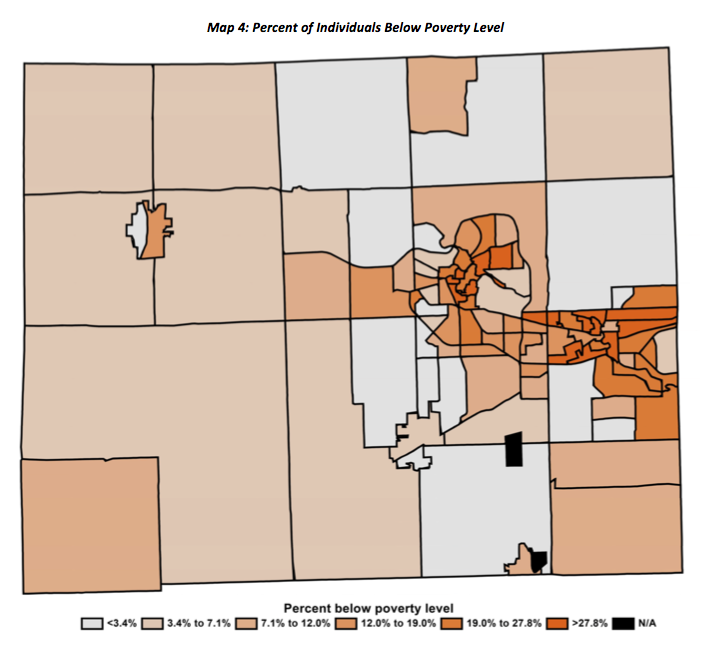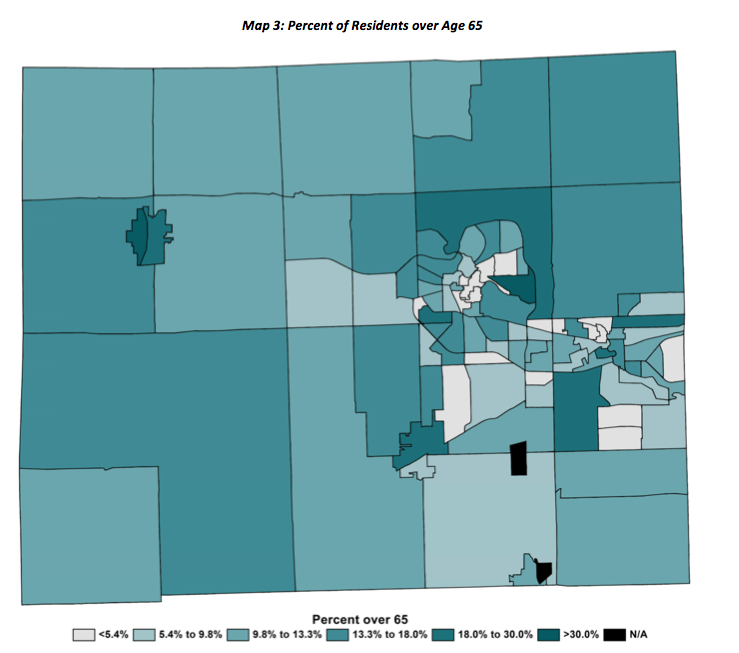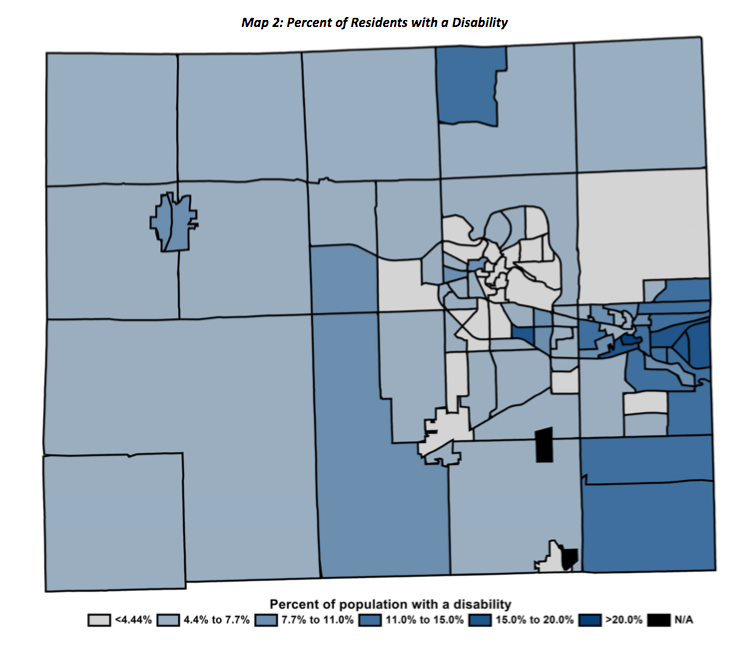Washtenaw County Coordinated Plan
Federal and State regulations require that a Coordinated Public Transit-Human Services Plan be developed and updated to ensure efficient and effective coordination of public transit and human services providers’ resources and to find new strategies to address unmet needs and gaps in service. The coordinated plan serves as a guideline for successful grant applications in an effort to maintain existing service and help meet unmet needs.
Within Washtenaw County and throughout much of Michigan, the demand for public transportation and the requirements of riders with special needs, has increased and will continue to do so. This can be attributed to our ability to live longer and with more independence than in the past; increased independence for individuals with disabilities through the Americans with Disabilities Act (ADA); and stricter work requirements for welfare recipients. Access to affordable and dependable transportation, especially within rural areas of Washtenaw County, continues to be a barrier to employment, health care, and other important services among these target populations.
This document serves as the Coordinated Public Transit-Human Services Plan for both the Ann Arbor Urbanized Area and the Rural Areas of Washtenaw County, given the needs to coordinate services between the urban and rural areas.
Click Here to View the 2018 Coordinated Plan
Full resolution plan (large file)
DRAFT 2022 Coordinated Plan Update
Strategies Identified in the Plan
Based on review of public and stakeholder input, the strategies from the previous Coordinated Plan were revised and updated. These strategies seek to frame activities that will improve the mobility of seniors, people with disabilities, and those with low income.
The identified strategies equally important and of equal priority.
1) Expand availability of fixed route and Inter-Urban transportation services in the Ann Arbor Urbanized Area, Small Urban, and Rural Areas.
2) Expand availability of demand-response and specialized services to provide additional trips for older adults, people with disabilities and people with low -incomes.
3) Expand access to private transportation providers.
4) Provide flexible transportation options and more specialized and one to one services through expanded use of volunteers.
5) Expand access to affordable Non-Emergency Medical Transportation
6) Ensure the safety and access of individuals that use all modes of public transportation
7) Continue to support mobility management and coordination programs among public transportation providers and other human service agencies providing transportation.
8) Expand the established centralized point of access that provides information on available transportation options in the area.
9) Build coordination among existing public and human service transportation providers
10) Establish linkages to make more efficient use of funding
11) Support the Transportation Coordinating Committee as it works with appropriate policy makers to reduce barriers to providing transportation services and monitor implementation of the Coordinated Plan
12) Develop requirements for and implement an Inter-Operable Data Collection Program involving all transit agencies/providers.
13) Establish dedicated stable operating funds to enable long term planning and consistent services.
14) Continue to support capital needs of coordinated human service/public transportation providers
15) Develop and implement a comprehensive Customer Education and Marketing Program for the Ann Arbor Urbanized Area.
